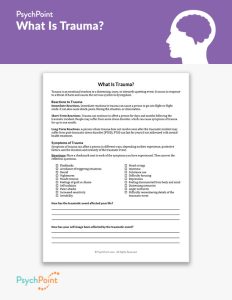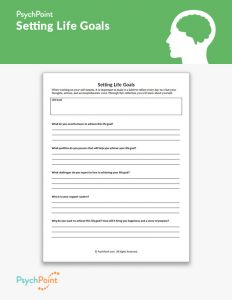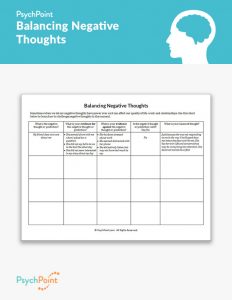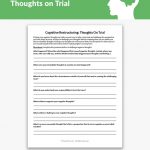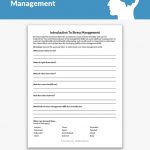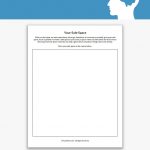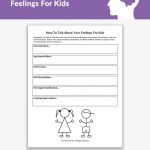Emotion Regulation Skills: Opposite Action Worksheet
Worksheet updated on February 23rd, 2024
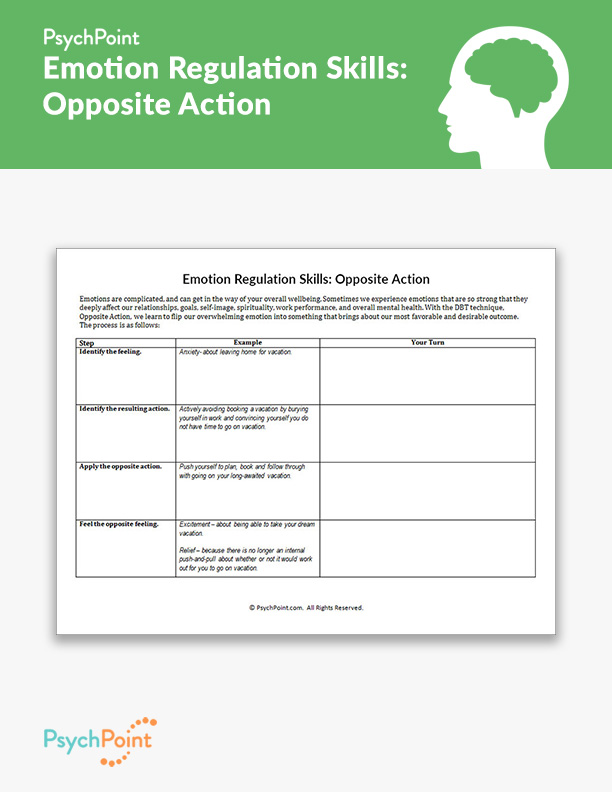
Emotional regulation is an important part of mental health, and it is often a part of a client’s treatment plan. Learning how to regulate emotions can be challenging, but is an important skill set. Teaching clients how to regulate their emotions helps them understand how their emotions affect their reactions to difficult things in life. It teaches clients about self-control and consequential thinking.
A common goal for clients in therapy is to learn how to regulate their emotions so they do not cause consequences in their lives. Clients need to learn coping skills to manage their emotions, and using techniques like opposite action is a great way for a client to learn how to remain in control when feeling upset or down.
About This Worksheet
Opposite action is popular coping skill that is taught in Dialectical Behavioral Therapy. Using opposite action can help clients learn how to identify, understand, and modify how our emotions affect our decision-making. This Emotion Regulation Skills: Opposite Action worksheet offers a guide for using opposite action. It teaches clients the value doing the opposite of what their emotional impulses are driving them to do.
The idea of opposite action is to act more constructively than the client is feeling or wanting to act. If a client is sad and feels like withdrawing, it is time to call a friend to meet for lunch. If a client is angry and wants to lash out at others, it is probably time for them to take space to decompress.
Learning this technique is a great way to help clients learn how to handle their emotions safely and constructively. This worksheet can be used with adults and adolescents in individual or group counseling sessions.
Instructions
Before introducing this worksheet, educate your client on the process of opposite action and explain how and when to use it. Review the introduction paragraph with the client and explain how to complete each step on the table.
You may also review the example with the client to help them understand the process of opposite action and how to fill in each box. Allow the client to complete the worksheet in session for practice and review their responses with them.
Provide your client with a blank worksheet when you are confident that they understand the process. Allow the client to complete the worksheet as a homework assignment or as a reference and review their progress with learning opposite action during the next session.
Download Emotion Regulation Skills: Opposite Action Worksheet

